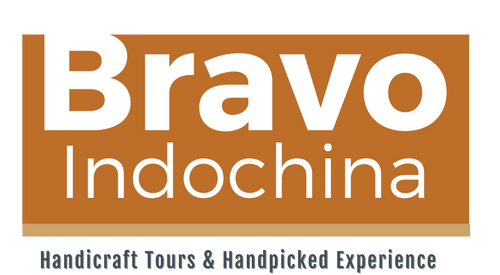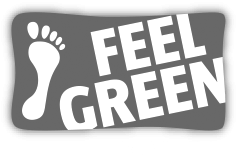Visit Phnom Penh, Cambodia
In Phnom Penh you can stay in Raffles Hotel Le Royal, where a wall of black-and-white photographs alludes to its time as a Red Cross hospital. A short ride around the corner, on the back of a polished Vespa, will take you to the Vattanac Capital Tower. From the skyscraper’s glass-walled sky bar, you can gaze down on a panoramic view of 14th-century pagodas and the tiered roofs of French-colonial buildings, interspersed with the gleaming modern constructions that mark Phnom Penh as a city on the rise.
This tapestry of construction can be picked apart on an architectural tour, from the frangipani-lined boulevards to the bold New-Khmer-designed Institute of Foreign Languages. You’ll see the Art-Deco Central Market, which is regularly mistaken for a modern temple, and faded-yellow French mansions that line avenues once described by Charlie Chaplin as ‘little sisters’ to the Champs-Elysées.
One building that deserves thorough investigation is the Royal Palace, whose gilded roof dominates the skyline near the riverfront. It’s still the official residence of the King of Cambodia, but you’re able to tour the three-spired Throne Hall and a collection of other pavilions and pagodas. The Silver Pagoda contains a near-life-size Buddha, which sparkles with almost 10,000 diamonds.
What looks like an enormous pagoda next to the palace is the National Museum of Cambodia. Within its walls is the largest (and finest) collection of Khmer sculpture in the world. Walking through its pavilions and courtyards, you can see how sculptural techniques developed over a millennium, from a pre-Angkorian stone Vishnu to detailed bronze casts and bas-reliefs of mythological birds.
To get a grasp on modern Cambodia, you can take a tour with a local resident. Bolstered by a young population, the city comes into its own at night in a buzz of cocktail bars, fine-dining restaurants and night markets (the Russian Market has the widest range of goods).
A tour by Vespa is a convenient — and stylish — way to travel between a selection of bars and restaurants. Led by your Vespa driver-guide, you stop off for Khmer-inspired cuisine in cocktail bars and small independent restaurants. You’ll finish in one of the tiny bars in Bassac Lane, where you might find a jazz musician performing.
Phnom Penh is also making a name for its emerging craft brew bars and microbreweries, and a specialist city tour looks into the art of brewing in detail. Guided by a beer enthusiast, you’ll sample a selection of brews, such as European-influenced Hops Beer. This selection of ales is based on a 500-year-old German purity law that dictates beer can only be made from water, barley and hops.
Tuol Sleng and the Killing Fields of Choeung Ek
On the outskirts of Phnom Penh is Tuol Sleng, also known as S-21. This former high school, now a museum, was commandeered by Pol Pot’s security forces and turned into a prison for interrogation, torture and death. More than 17,000 people passed through its gates, with only seven living to tell the tale.
The Khmer Rouge were meticulous record keepers, photographing each prisoner. A selection of these black-and-white portraits are on display in the old cells, and photographs taken by the Vietnamese photojournalists who first entered after the fall of the Khmer Rouge hang on the walls.
We suggest a combined visit with a guide to Tuol Sleng and the Killing Fields of Choeung Ek. Once an orchard, this death camp witnessed the killing of thousands of prisoners from S-21, who were piled into 129 mass graves here. The site is now a memorial to the people who died.
Best time to visit Phnom Penh
Phnom Penh is a year-round destination, although the best time to go is from November to March, when there’s little rain and temperatures are mild enough to let you explore.







